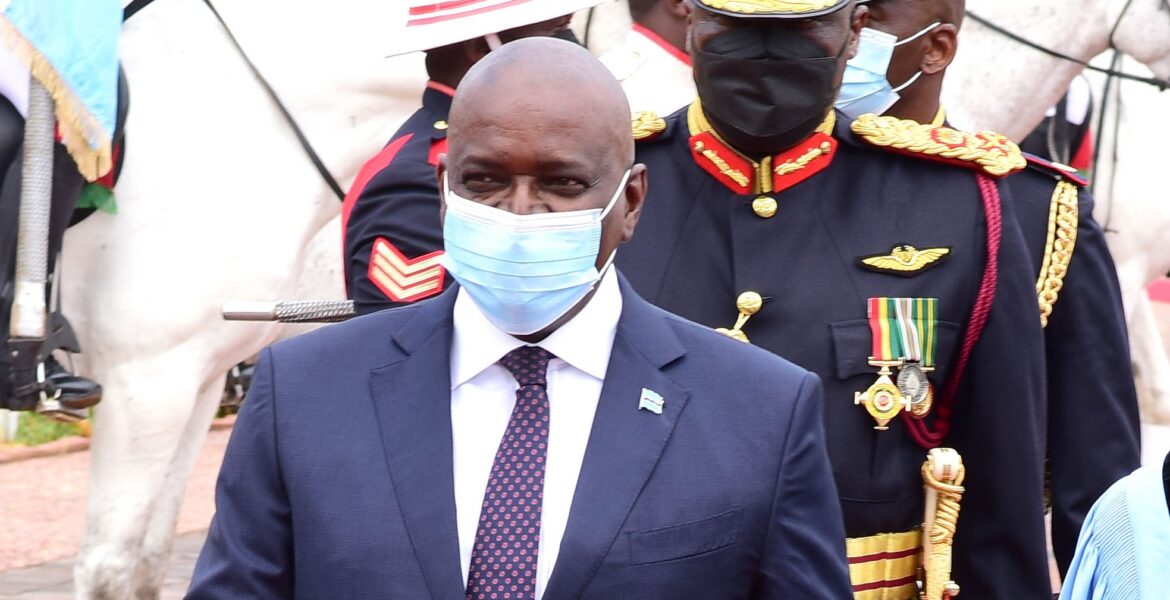- Masisi says poaching is “the biggest threat to our biodiversity”
- Wildlife dept says poaching is down and the situation is under control
SESUPO RANTSIMAKO
President Mokgweetsi Masisi and the Director of the Department of Wildlife and National Parks (DWNP), Kabelo Senyatso, seem to be talking at cross-purposes about the situation of poaching of wildlife in Botswana.
Presenting his 2021 State of the Nation Address (SONA) to Parliament on Monday this week, the President said since April 2019, a total of 100 animals comprising elephants, rhinos and various antelopes were poached compared to 151 animals during the same period in 2018.
“Poaching remains the biggest threat to our biodiversity,” he said. “Therefore, there is need of an anti-poaching strategy to curb organised poaching and illegal wildlife trade. A review of the national anti-poaching strategy was completed in October 2021 with the overall objective to curb organised poaching and illegal wildlife trade.”
On the other hand, the Director of DWNP recently dismissed claims that wildlife-related crimes had been growing at an alarming rate since 2018. In a statement, Senyatso said wildlife-related crimes were down by 70 percent and that the poaching situation was under control.
“Current statistics are within allowable and manageable parameters,” he asserted. “It is expected worldwide that in wildlife populated areas poaching will occur to some extent.”
He issued the statement against the backdrop of former president Ian Khama’s social media utterances that over 120 rhinos had been poached over the past 18 months. DWNP said Khama’s claims could impact tourism negatively and characterised them as “irresponsible.”
However, Senyatso said the government could not disclose official poaching figures as it was a sensitive matter that could jeopardize the government’s anti-poaching interventions.
Even so, the latest information from the Ministry of the Environment, Natural Resources and Tourism (MNRT) then indicated growth in rhino poaching that had gone from five in 2018 to 62 in 2020.

